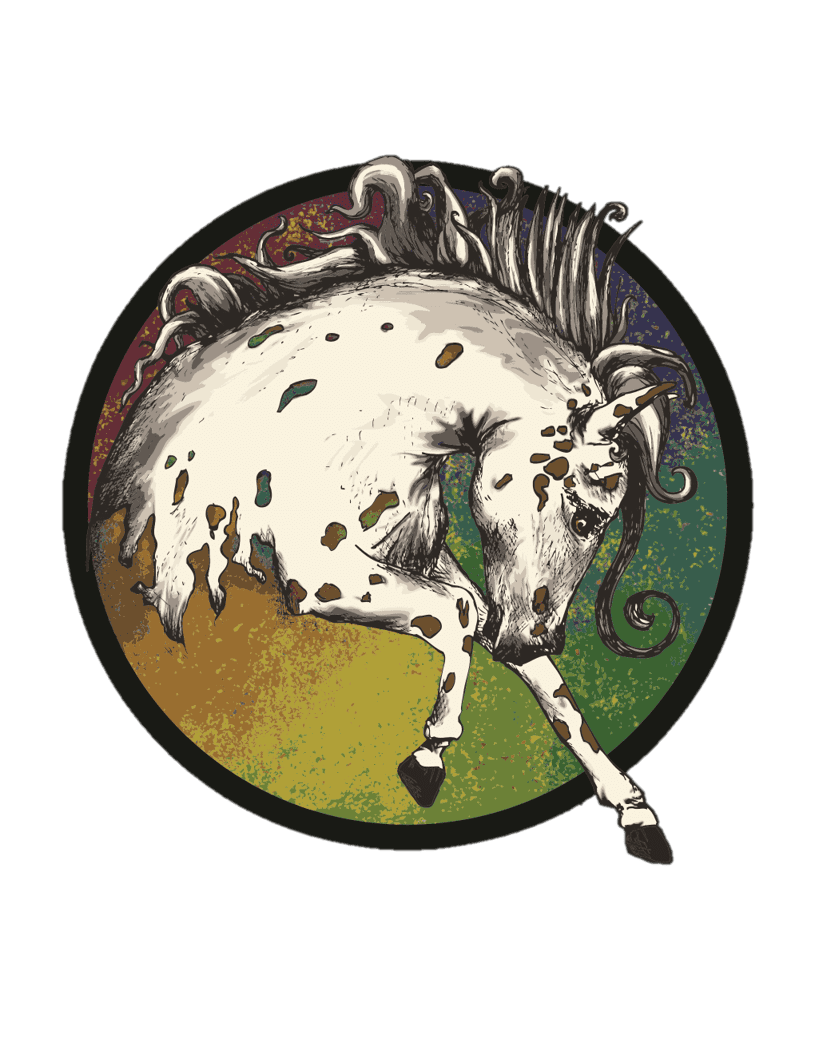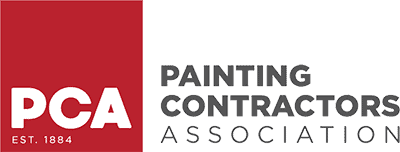What are the different exterior paint types? When it comes to maintaining the curb appeal and longevity of your home, one of the most crucial decisions you’ll make is selecting the right exterior paint. You might think that all paints are created equal, but that’s far from the truth.
Different types of paint offer varying levels of durability, weather resistance, and aesthetic appeal. Understanding these differences can save you time, money, and a lot of frustration in the long run.
In this blog, we’ll explore various exterior paint types, helping you make an informed decision for your home’s next makeover. Whether you’re tackling exterior house painting in Charles Town, WV and nearby areas, knowing which paint to choose is key to achieving the best results.
Key Takeaways:
- Learn about the various exterior paint types, including acrylic, latex, oil-based, elastomeric, enamel, and masonry paints, and their specific advantages and disadvantages.
- Understand the factors to consider when choosing exterior paint, such as surface material, climate, optimal painting season, durability needs, and environmental impact.
- Get expert advice on selecting the best paint for your home, ensuring a beautiful and long-lasting finish, especially for exterior house painting.
Why Choosing the Right Exterior Paint Type Matters
Before we get into the specifics of exterior paint types, it’s essential to understand why this choice matters so much. Different exterior paint types have unique properties that make them suitable for various surfaces and climates. For instance, some paints offer better UV protection, while others provide superior waterproofing. Making the right choice can mean the difference between a paint job that lasts for decades and one that needs a touch-up in just a few years.
Common questions homeowners often ask about exterior paint types include:
- What type of paint is best for my climate?
- Which exterior paint is the most durable?
- Are there eco-friendly exterior paint options?
Knowing the answers to these questions can help you make a more informed decision. So, let’s explore the different exterior paint types available and see which one is best for your home.
Exterior Paint Types
1. Acrylic Paint
When it comes to exterior paint types, acrylic paint is often the go-to option for many homeowners and professionals alike. This water-based paint is renowned for its durability and versatility, making it suitable for a wide range of surfaces, including wood, stucco, and vinyl siding.
Advantages:
- Durability: Acrylic paint is highly resistant to weather conditions, UV rays, and moisture, making it an excellent choice for homes in various climates.
- Flexibility: This type of paint can expand and contract with temperature changes, reducing the risk of cracking over time.
- Fast Drying: Acrylic paint dries quickly, which can speed up the painting process and minimize the time your home is exposed to the elements.
- Low Odor: Being water-based, acrylic paint has less harmful fumes compared to oil-based paints, making it a more pleasant option to work with.
Disadvantages:
- Cost: Acrylic paint is generally more expensive than latex paint, which can be a consideration for larger projects.
- Application: It can show brush strokes if not applied correctly, so a bit of skill or professional help might be necessary to achieve a smooth finish.
2. Latex Paint
Latex paint, another popular option among exterior paint types, is celebrated for its ease of use and environmental benefits. This water-based paint is known for its flexibility and breathability, making it suitable for many exterior surfaces.
Advantages:
- Easy Cleanup: Latex paint can be cleaned up with just soap and water, making the post-painting process hassle-free.
- Breathability: One of the standout features of latex paint is its ability to allow moisture to escape from the painted surface. This helps prevent peeling and blistering, which are common issues in more humid climates.
- Environmentally Friendly: Latex paints typically have lower levels of volatile organic compounds (VOCs), making them a healthier choice for you and the environment.
- Cost-Effective: Generally, latex paint is less expensive than acrylic paint, making it a budget-friendly option for larger projects.
Disadvantages:
- Durability: While latex paint is durable, it doesn’t quite match the longevity of acrylic or oil-based paints, especially in extremely harsh weather conditions.
- Not Ideal for All Surfaces: Latex paint may not adhere well to chalky or poorly prepared surfaces, so proper preparation is crucial.
3. Oil-Based Paint
Oil-based paint, also known as alkyd paint, has been a staple in exterior painting for many years. Known for its smooth finish and robust durability, this type of paint is ideal for a variety of surfaces, including metal and wood.
Advantages:
- Durability: Oil-based paint is exceptionally durable and can withstand harsh weather conditions, making it a great choice for exterior surfaces that face a lot of wear and tear.
- Smooth Finish: It provides a smooth, glossy finish that’s resistant to scratches and stains, enhancing the aesthetic appeal of your home.
- Adhesion: This paint offers excellent adhesion to a variety of surfaces, ensuring a long-lasting finish.
Disadvantages:
- Drying Time: One of the main drawbacks of oil-based paint is its longer drying time compared to water-based paints. This can extend the duration of your painting project.
- Cleanup: Cleaning up oil-based paint requires solvents like turpentine or mineral spirits, which can be a bit of a hassle.
- Environmental Concerns: Oil-based paints have higher levels of VOCs, making them less environmentally friendly compared to latex and acrylic paints.
4. Elastomeric Paint
Elastomeric paint is a specialty exterior paint type designed to provide a thick, elastic coating that can cover small cracks and imperfections. It’s especially useful for masonry surfaces like stucco and brick.
Advantages:
- Crack Bridging: Elastomeric paint can stretch and contract, effectively covering and preventing small cracks from worsening. This property makes it ideal for older homes or surfaces with existing minor damage.
- Waterproofing: This type of paint offers excellent water resistance, protecting your home from moisture infiltration and related damage.
- Durability: Elastomeric paint provides long-lasting protection against harsh weather elements, ensuring that your home’s exterior stays in great shape for years.
Disadvantages:
- Cost: Elastomeric paint is more expensive than standard paints, which can be a consideration for budget-conscious homeowners.
- Application: Achieving the desired results with elastomeric paint often requires careful and sometimes professional application, as its thick consistency can be challenging to work with.
5. Enamel Paint
Enamel paint is known for its hard, glossy finish and exceptional durability. This type of paint is often used for areas that require a robust and shiny coating, such as doors, trim, and metal surfaces.
Advantages:
- Hard Finish: Enamel paint creates a tough, durable surface that is highly resistant to scratches and stains, making it perfect for high-traffic areas.
- Glossy Appearance: It provides a high-gloss finish that enhances the aesthetic appeal of your home, giving it a polished and sophisticated look.
- Durability: Enamel paint can withstand harsh weather conditions and frequent cleaning, ensuring that your exterior maintains its pristine look over time.
Disadvantages:
- Application: Enamel paint can be challenging to apply evenly, often requiring multiple coats to achieve a uniform finish.
- Cost: Typically, enamel paint is more expensive than standard acrylic or latex paints, which can add to the overall cost of your project.
- Drying Time: Like oil-based paint, enamel paint has a longer drying time, which can extend the duration of your painting project.
Choosing the Right Exterior Paint Type for Your Home
With so many exterior paint types available, selecting the right one can feel overwhelming. Each type of paint offers unique benefits and drawbacks, making it crucial to consider your specific needs and the conditions of your home.
Factors to Consider:
- Surface Material. Ensure the paint you choose is suitable for the surface you’re painting. For instance, masonry paint is ideal for brick and stucco, while enamel paint works well on doors and trim.
- Climate. Consider the local weather conditions. If you live in an area with extreme temperatures or frequent moisture, you might need a paint that offers superior protection against these elements, such as acrylic or elastomeric paint.
- Best Season to Paint Your Home Exterior. Timing your painting project to coincide with optimal weather conditions can significantly impact the outcome. Spring and early summer or early fall are typically the best seasons to paint your home’s exterior, as these periods offer mild temperatures and low humidity levels, ensuring the paint adheres properly and dries evenly.
- Durability Needs. Determine how long you want the paint job to last. Oil-based and enamel paints offer excellent durability, while latex and acrylic paints provide good durability with easier cleanup.
- Environmental Impact. If you’re concerned about the environment, opt for paints with low VOCs, such as latex or acrylic paints.
- Aesthetic Preferences. Decide on the finish you want for your home. High-gloss finishes like enamel paint provide a polished look, while matte finishes from acrylic or latex paint offer a more understated appearance.
Final Thoughts
As discussed, choosing the right exterior paint types is essential for ensuring the longevity and beauty of your home. From the versatility of acrylic paint to the durability of oil-based and enamel paints, each type offers unique benefits that cater to different needs and conditions. Whether you’re looking for eco-friendly options or superior protection against harsh weather, understanding the specific advantages and disadvantages of each paint type can help you make the best choice for your home.
At Appaloosa Painting Co., we offer expert house painting services in Martinsburg, WV and nearby areas. We understand the unique challenges of painting in these regions and are committed to delivering high-quality results tailored to your specific requirements.
Call us at 540-202-7600 for a FREE estimate, and let us help you transform your home’s exterior with the best paint type for your project.



